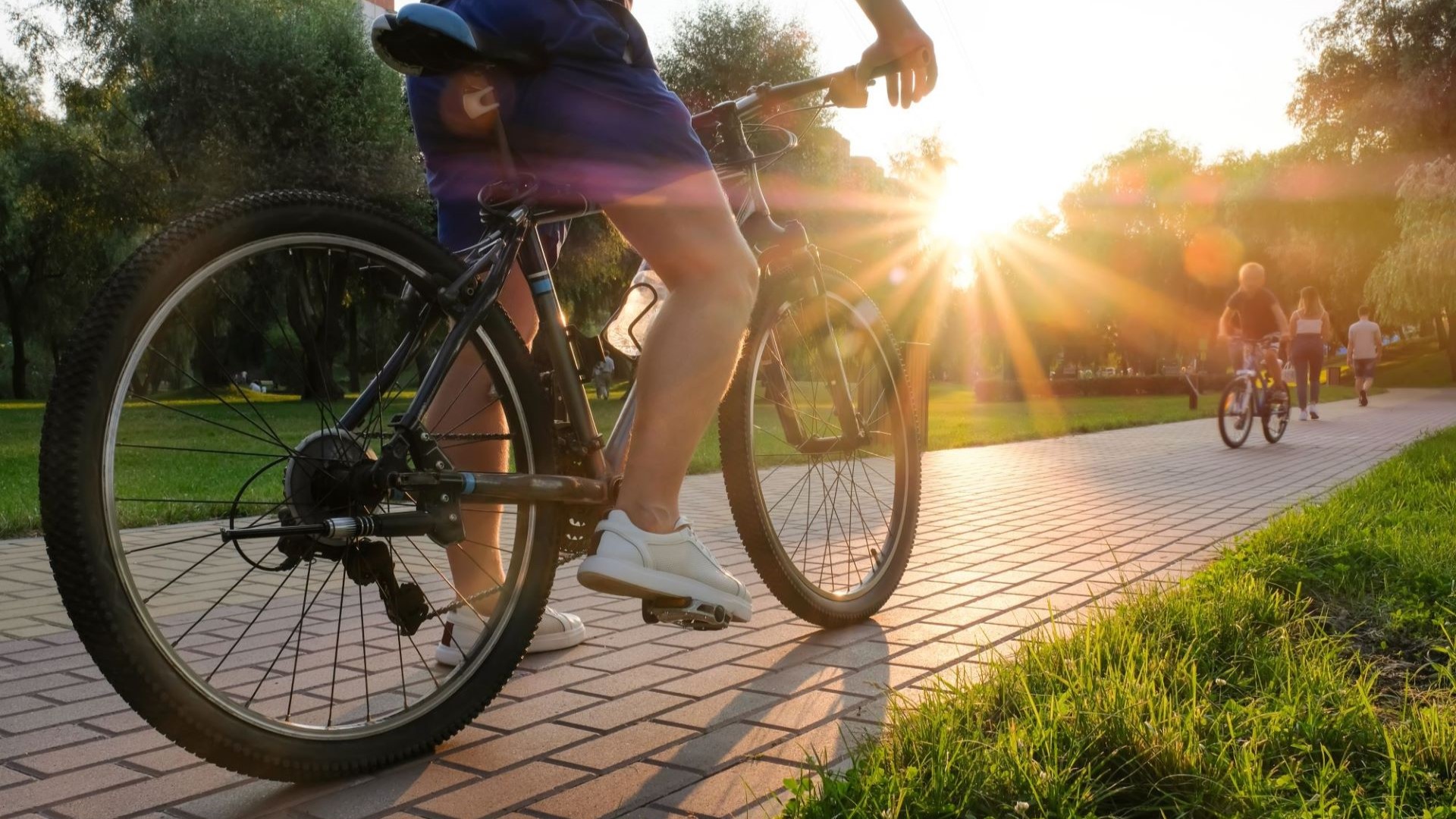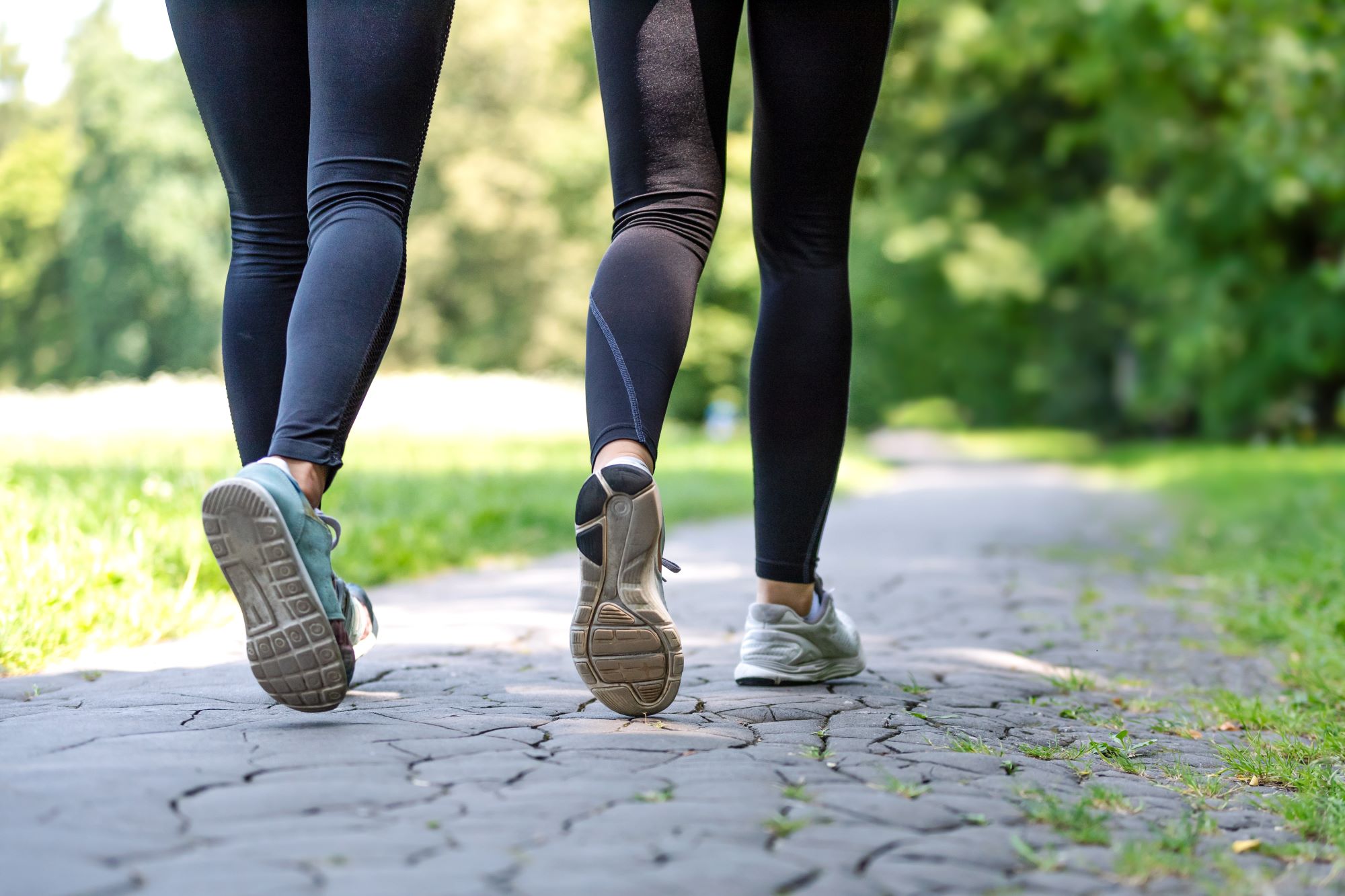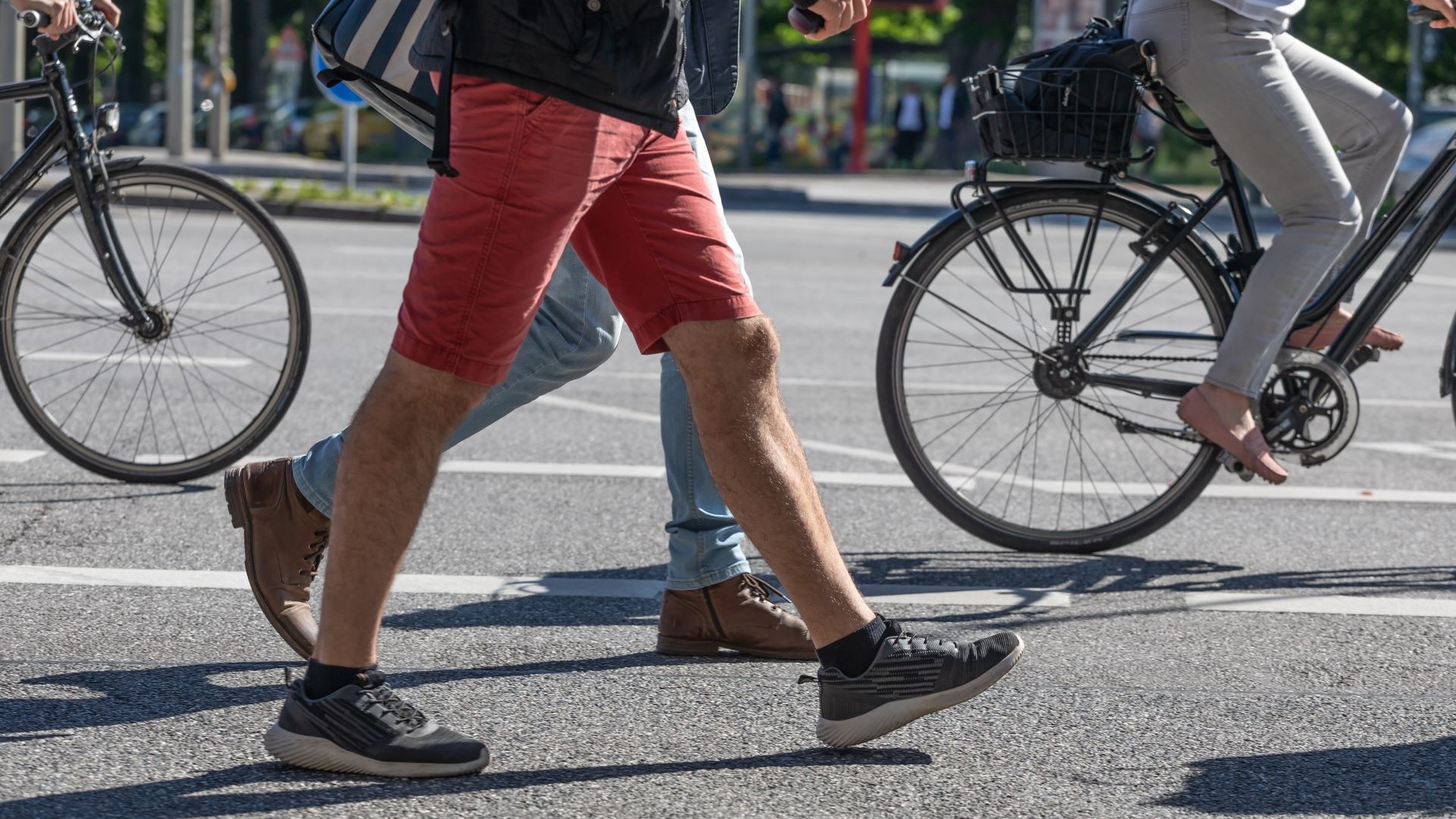What's the biking equivalent of 10,000 steps a day?
The phrase 'gotta get my steps in' has become part of everyday life. But what if there were a simpler, faster way to meet your daily activity needs?


"10,000 steps a day"—it's a goal many associate as the baseline for an active and healthy lifestyle in this sedentary world. Step counters are now standard on smartwatches and health apps, and the phrase “gotta get my steps in” has become part of everyday life. But what if there were a simpler, faster way to meet your daily activity needs?
“If you jumped on your bike for 30 minutes. [If you] spun around for a brisk 30 minutes, riding to the post office or the grocery store or something, you'd probably get the caloric expenditure that [the 10,000 step goal] is driving for,” states Scott Williams, a physical therapist and orthopaedic certified specialist, who has worked with professional cycling teams including T-Mobile, Team Columbia/High Road and Garmin/Barracuda.
On average, a person walking for one hour will burn roughly 200-300 calories. Similarly, riding a bicycle outside for one hour at a moderate pace will burn roughly 400-800 calories. If riding a bike delivers many of the same benefits as walking 10,000 steps a day, why aren’t more people incorporating biking into their daily routines?
“I think the thing that's appealing about steps is it's so accessible,” says Julie Young, Director/Sports Science Specialist at Kaiser Sports Medicine Endurance Lab. “With cycling, it has to be a bit more planned out.”
However, that doesn’t mean a person can’t transfer the concept of ‘getting their steps in’ to riding a bike.
Over the years, counting steps has become the gold standard for ensuring people are moving enough throughout the day, yet the origin of the concept is not rooted in science. Rather, it stems from a 1960s marketing campaign for a Japanese pedometer trying to sell a product.
Various studies have examined the concept of 10,000 steps, and while there is no basis in that number, there is strong evidence that staying active significantly enhances one's quality of life. According to the U.S. Department of Health and Human Services, adults should aim for 150 to 300 minutes (2.5 to 5 hours) of moderate-intensity aerobic activity per week or 75 to 150 minutes (1.25 to 2.5 hours) of vigorous-intensity activity, or a combination of both. These guidelines emphasise the importance of raising your heart rate through movement but do not prescribe specific activities, instead encouraging people to move more and sit less.
The latest race content, interviews, features, reviews and expert buying guides, direct to your inbox!

“In some ways, this idea of 10,000 steps is great because it gamifies it and people love ticking boxes. But I also think it can be really misleading and kind of a false sense of peace,” warns Young.
The average American takes 3,000-4,000 steps per day, which equates to roughly three to four kilometres. For some,10,000 steps a day, which is equal to walking approximately six to eight kilometres per day, may seem like a very obtainable health goal; for others, it may be a stretch. According to Williams, what you are really looking for is any movement that increases your heart rate and increases blood flow, which can, of course, be achieved on a bike.
“I tell 95% of my clients to get on a bike,” Williams says. “The majority of people that I see benefit from increasing blood flow to the lower extremities. It's for whatever ailment they're healing. It could be a leg fracture, it could be post-ACL [surgery]. I mean, that's really the value of riding the bike– you aren't weightbearing, you're getting blood flow to the joint, to the muscles, but you're not pounding on the joints.”
Young suggests looking at 10,000 steps as a goal that can be transferred to different activities, stating: “[10,000 steps] a great starting point, but you still have to keep trying to challenge yourself in different ways.”
Commuting or running errands by bike, for example, can help you reach that activity goal without extra effort.
“Riding even 15 minutes one way to work is great as far as just ramping up your metabolism and keeping your blood flowing,” Williams explains.

Young shares that the key is that movement should be enjoyable. “It's a lifestyle. [And] if people can do it more throughout the day, that's the best way to go.”
If you’re looking to set some activity goals in the coming year, the best way to begin incorporating the bike into a daily routine is to start small and set achievable goals. It could be as small as riding your bike to work two times a week. Or as simple as walking 2,000 steps throughout your day and pairing it with a 30-minute bike ride several times a week.
In fact, adding more than just walking may be beneficial to injury prevention. While Williams emphasizes the importance of walking for bone density, he recognizes that may not be practical or doable for many people who have chronic injuries.
“A lot of people do try and get to that 10,000 steps and they just physically can't. Their knees hurt, their back hurts, their ankles hurt. They get Achilles tendonitis or whatever, and then they're sedentary again,” he says. “Whereas if you set a reasonable walking goal, maybe if you walked 2,000 steps and you got on a bike twice a week and you did weights once a week, then you have a really nice complimentary thing that's going to tick all the boxes to get you more active and promote bone density.”
Fitness and health goals are deeply personal and there’s no one-size-fits-all answer. The most important thing is to move more, move often, and set achievable goals that motivate you to stay active. Whether it’s walking 10,000 steps or biking for an hour a day, any increase in movement brings benefits. Over time, as you meet these goals, you’ll likely find your ambitions evolving and expanding.
“Everybody should have goals,” Young says. “It keeps it fresh and it keeps it interesting.”

Caroline Dezendorf is an elite off-road cyclist and storyteller with a passion for building community and protecting wild spaces. She lives in Truckee, California, where her backyard is the expansive Sierra Nevada mountains. You can often find her in the mountains, exploring by two wheels or two feet. She aims to inspire future generations to explore the natural world and push beyond their comfort zones.
You must confirm your public display name before commenting
Please logout and then login again, you will then be prompted to enter your display name.